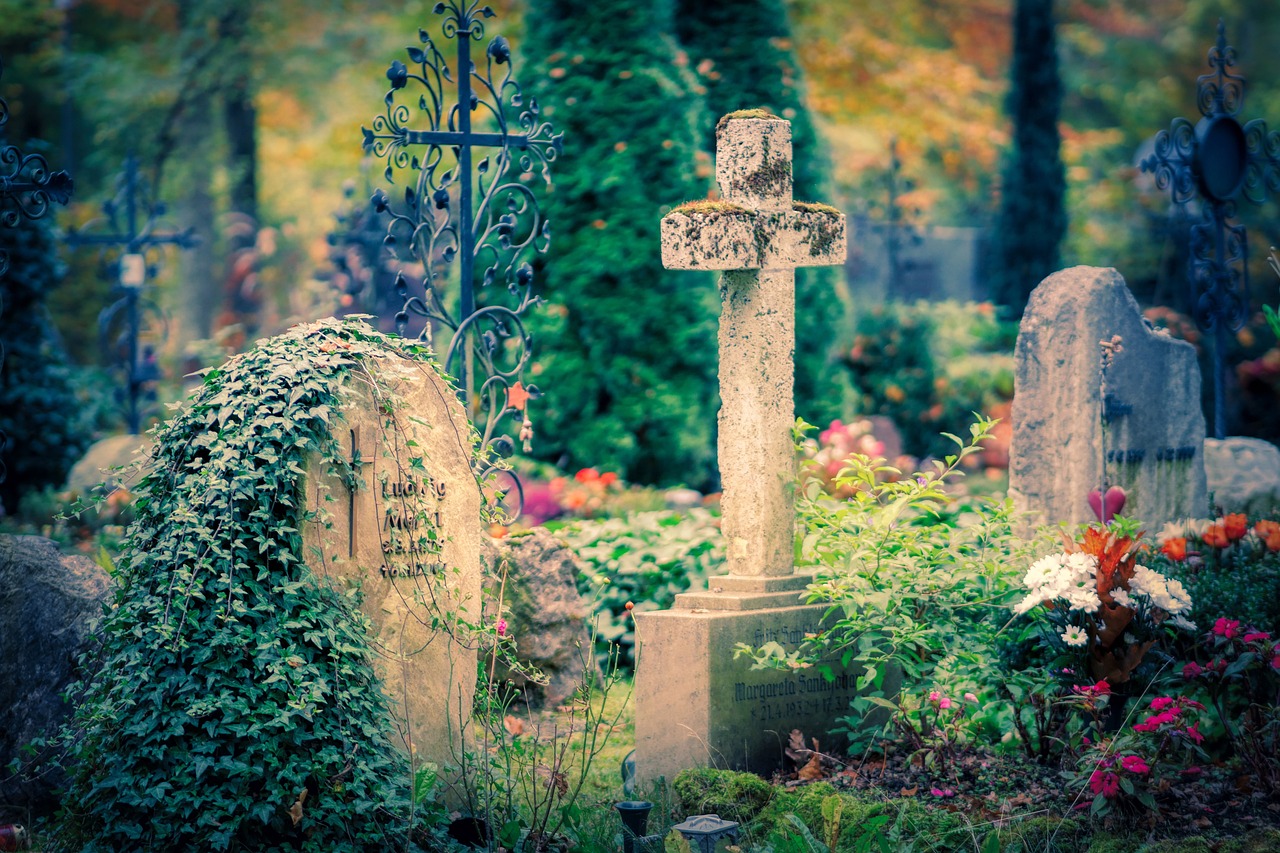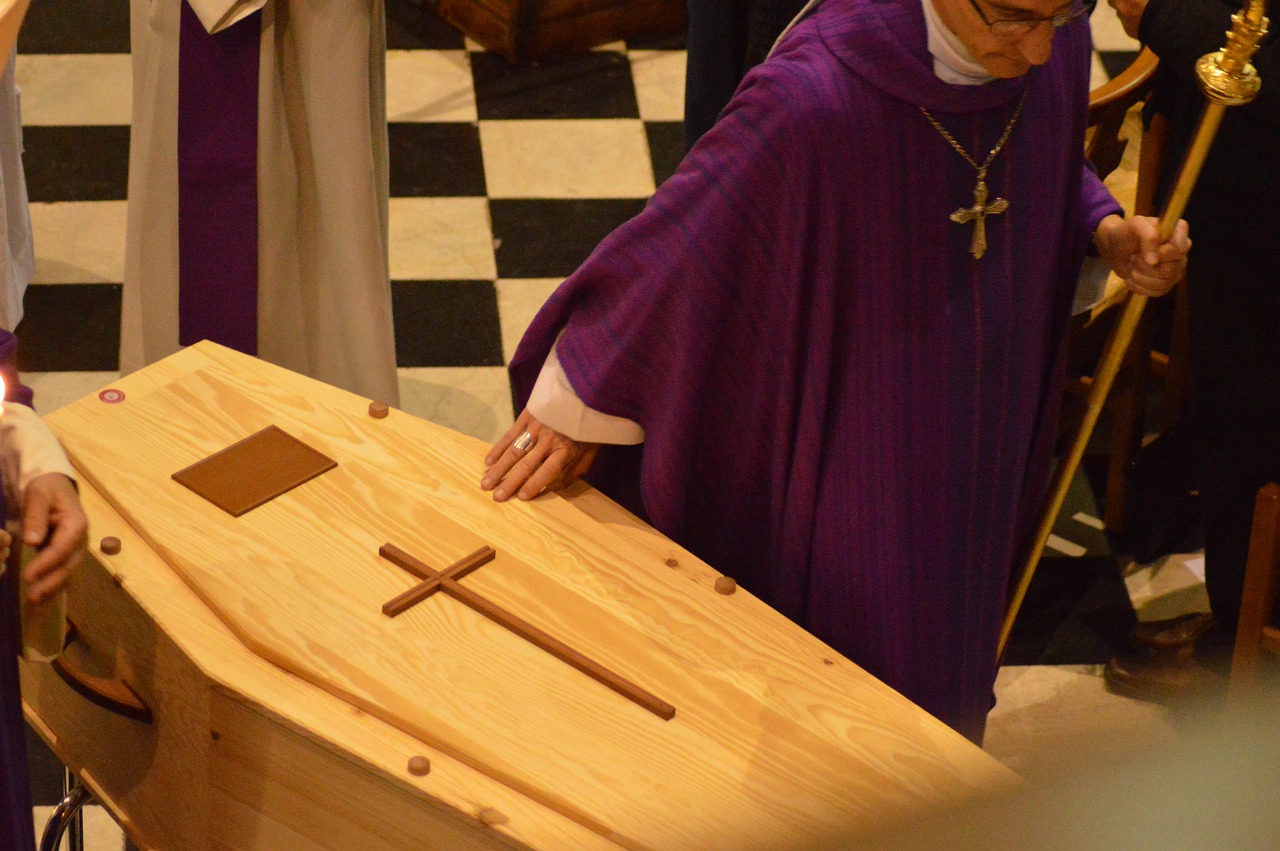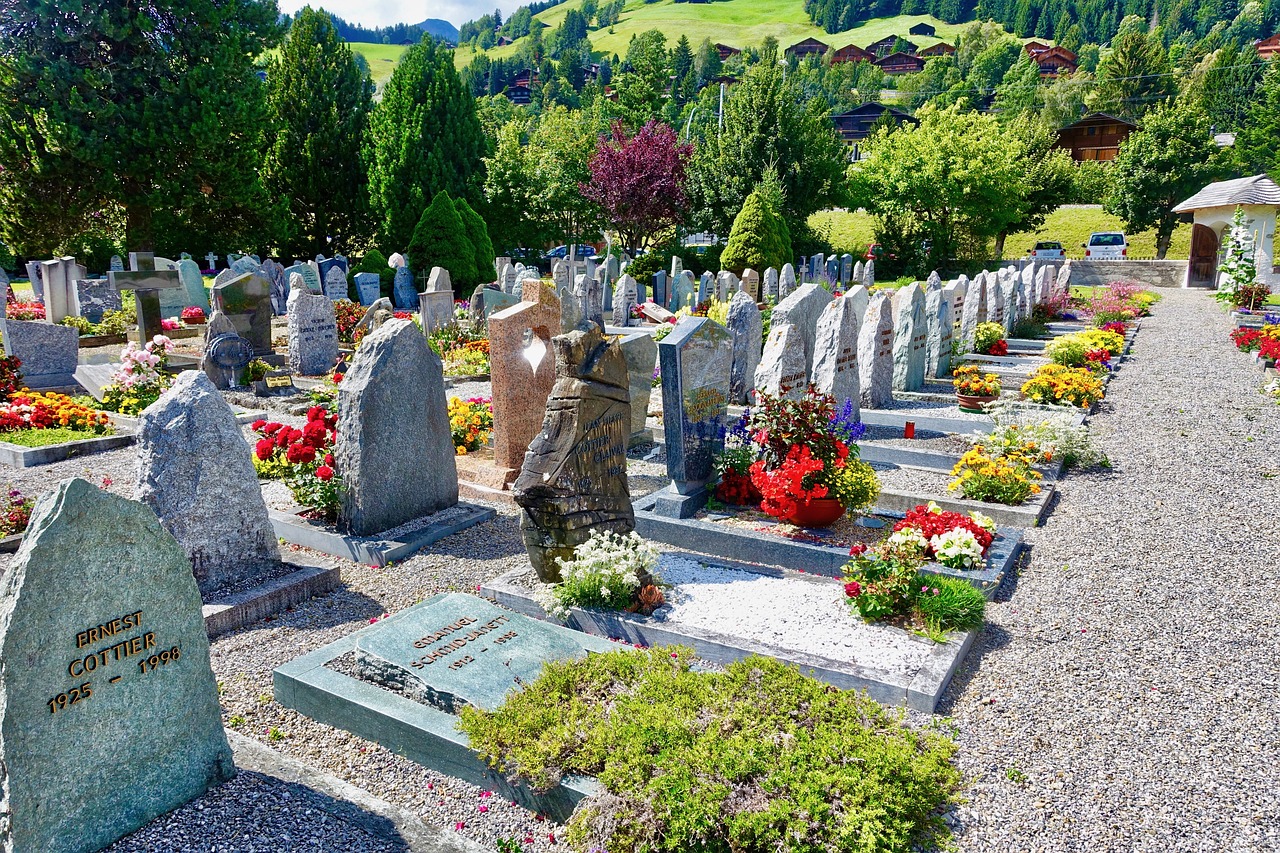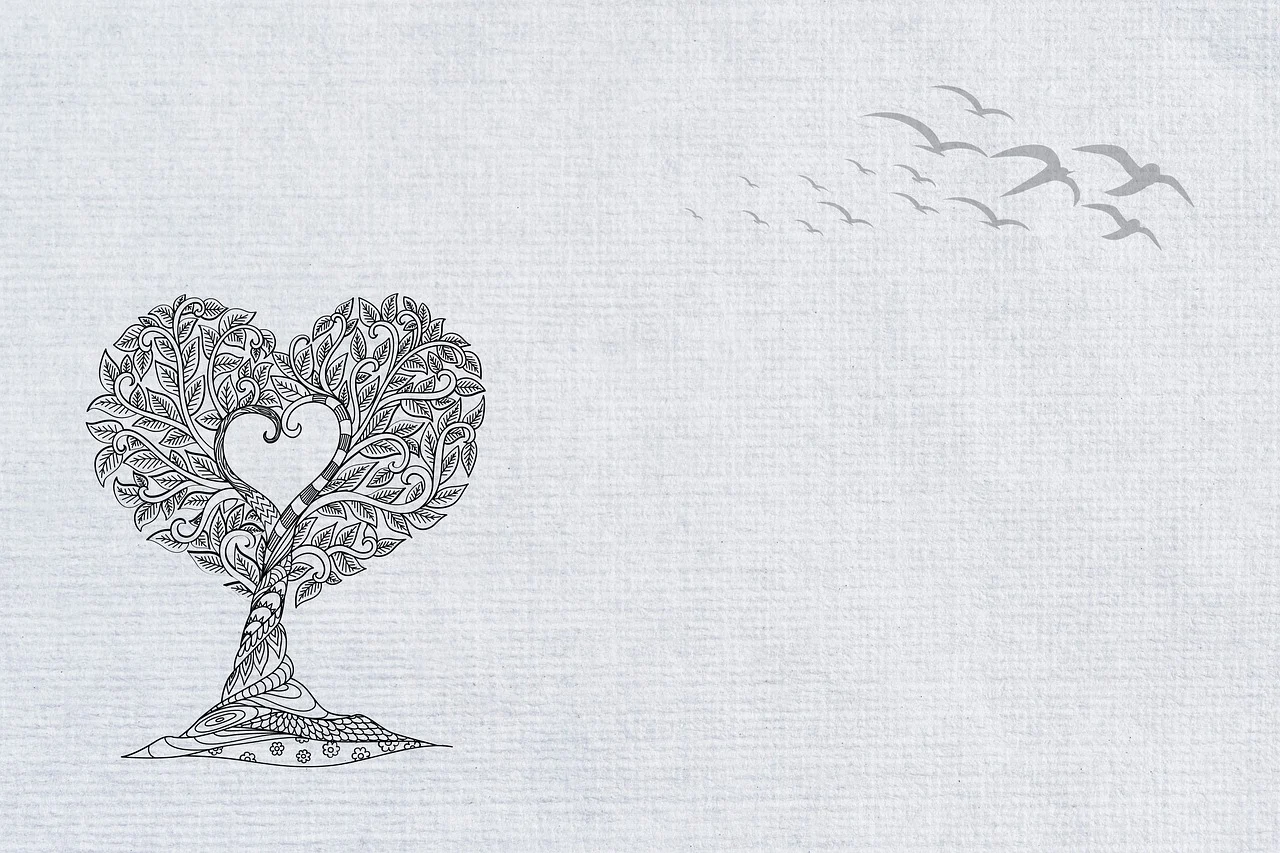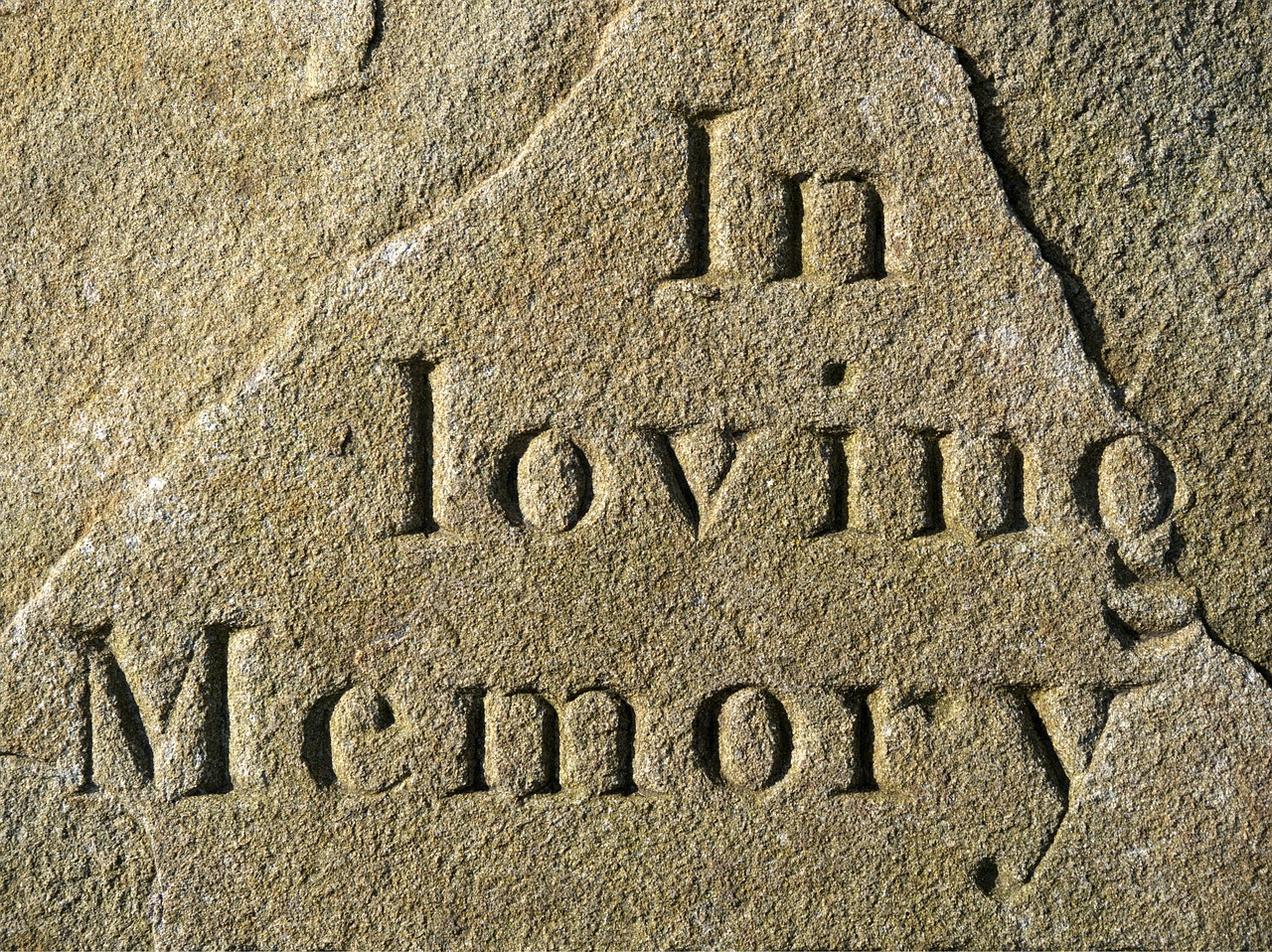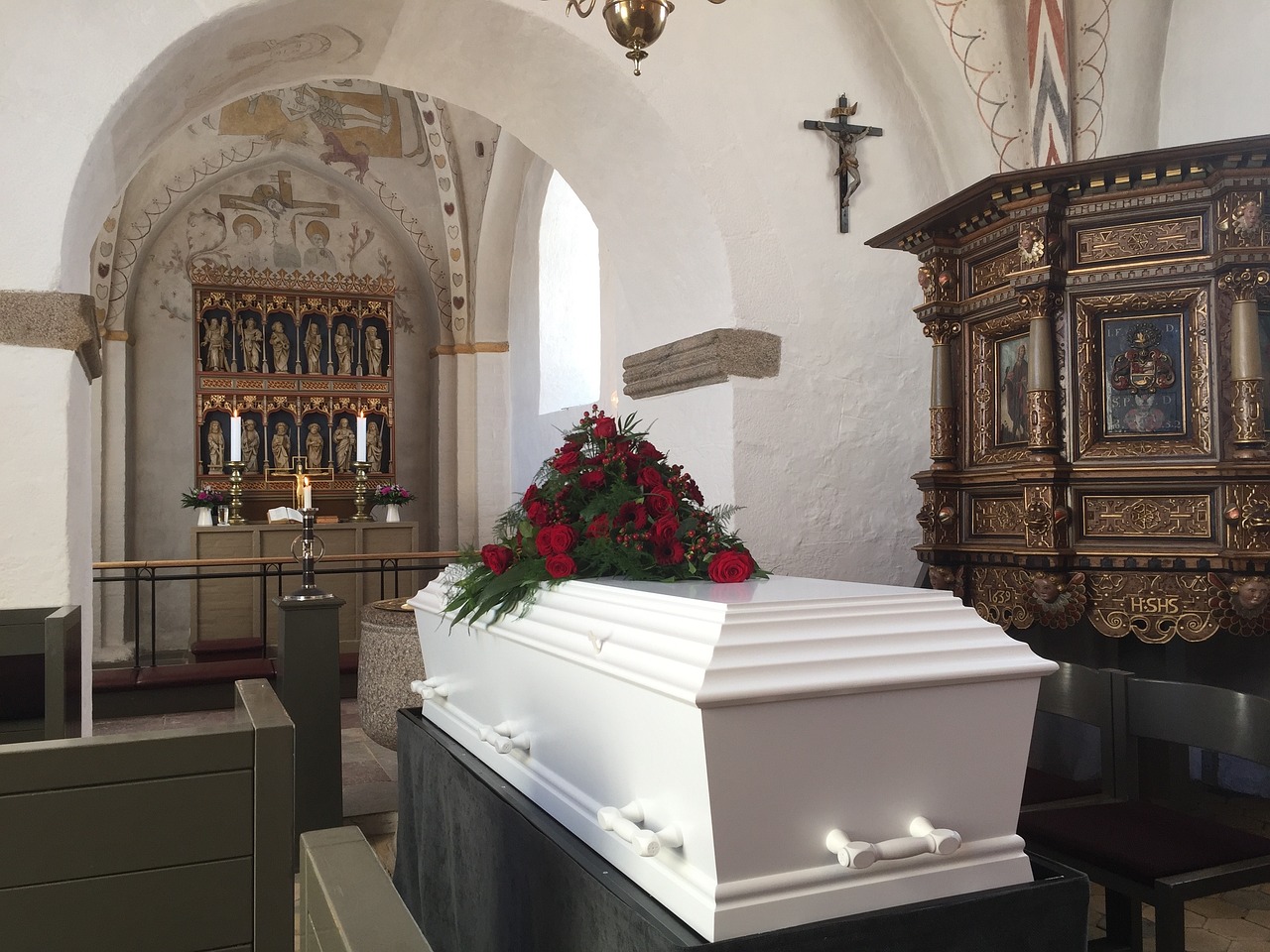Funerals, a sombre yet culturally significant event, have been a cornerstone of human civilization for centuries. From ancient rituals to contemporary practices, the history of funerals is a fascinating journey through time, reflecting the diverse ways in which societies have approached death and the afterlife.
In this article, we delve into the rich tapestry of funeral traditions, exploring the evolution of customs and rites. We will also look at how ceremonies have evolved over the years as times change, and a brief look at some recent new trends.
Ancient Rituals
The origins of funeral customs date back to ancient civilizations, where death was often seen as a transition rather than an endpoint. In ancient Egypt, for example, elaborate burial practices aimed to ensure a smooth journey to the afterlife. Mummification, intricate tombs, and burial objects were all part of a complex system designed to preserve the body and assist the soul in the afterlife. The Egyptian Book of the Dead provided guidance for the deceased as they navigated the challenges of the underworld.
Similarly, ancient Greeks held funeral rites with great significance. The concept of a proper burial was deeply ingrained in their culture, and the dead were believed to require certain rituals to find peace. Ceremonies included washing and dressing the deceased, a procession to the burial site, and the placement of offerings and coins on or around the body to ensure a safe passage to the underworld.
Medieval Practices
During the medieval period, funeral practices evolved in response to cultural, religious, and social changes. In Europe, Christianity played a pivotal role in shaping funeral rites as it became the prevailing religion globally. The Catholic Church emphasized the importance of burial in consecrated ground, leading to the establishment of churchyards and cemeteries.
Memento Mori, a Latin phrase meaning “remember that you will die,” became a common theme in medieval art and culture. This morbid but reflective concept served as a reminder of mortality and the transient nature of life. Funerals during this period often incorporated rituals such as deathbed confessions, requiem masses, and the use of mourning jewellery containing a lock of the deceased’s hair or a piece of their clothing.
Victorian Era Extravagance
The Victorian era marked a period of elaborate mourning customs and rituals. Queen Victoria’s extended mourning for her husband, Prince Albert, set the tone for the time, influencing funeral practices across England and, to some extent, the Western world. This era witnessed the rise of mourning attire, with widows expected to wear black clothing and veils for an extended period.
Photography played a unique role during the Victorian era, with post-mortem photography becoming a common practice. These photographs, taken shortly after a person’s death, often featured the deceased posed as if alive, surrounded by flowers and family members. The images served as tangible mementos and reminders of the departed loved one.
Photographs were used in this way because they were expensive at the time and most people could not afford to have photos taken regularly. As such, most people had photos taken only during significant occasions, such as the loss of a loved one.
Modernization and Secularization
As societies entered the 20th century, funeral practices underwent significant changes, reflecting a more secular and diverse approach to death. The advent of funeral homes, embalming techniques, and cremation marked a departure from traditional home-based funerals. Funeral directors became integral in guiding families through the process of planning and conducting a funeral.
World Wars I and II had a profound impact on funeral practices, with large-scale losses prompting the need for standardized procedures. Military funerals, complete with honour guards, flag-draped caskets, and bugle calls, became a way to honour fallen soldiers and provide solace to grieving families.
Cremation gained popularity during the 20th century, influenced by factors such as urbanization, environmental concerns, and changing religious attitudes. This alternative to traditional burial offered a more flexible and cost-effective option for families.
Contemporary Trends
In the 21st century, funeral customs continue to evolve, reflecting changing attitudes toward death, grief, and memorialization. Personalization has become a key trend, with families seeking unique ways to celebrate the lives of their loved ones. Memorial services may include multimedia presentations, favourite music, and even interactive elements that showcase the individuality of the departed.
Green or eco-friendly funerals have gained traction, aligning with a growing awareness of environmental sustainability. Biodegradable coffins, natural burial grounds, and eco-friendly cremation practices provide alternatives for those seeking a more environmentally conscious approach. These options allow the deceased’s body to be recycled by nature, often with a tree sapling to grow and stand as a reminder.
Digital technology has also left its mark on funerals, with virtual memorials, online obituaries, and live-streamed services becoming commonplace. These innovations enable friends and family members from around the world to participate in memorial events and express condolences.
Summary
The history of funerals is a captivating journey that mirrors the evolution of human civilization, culture, and spirituality. From ancient rituals rooted in myth and tradition to the elaborate customs of the Victorian era and the modern, personalized approach of the 21st century, funerals reflect our collective understanding of life, death, and the rituals that bridge the two.
If you have any questions regarding modern funerals then please feel free to get in touch at a time that’s good for you. Our team will be looking forward to hearing from you and helping you however we can.

